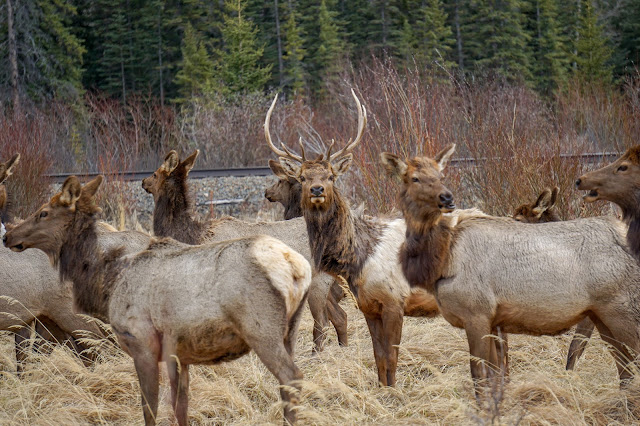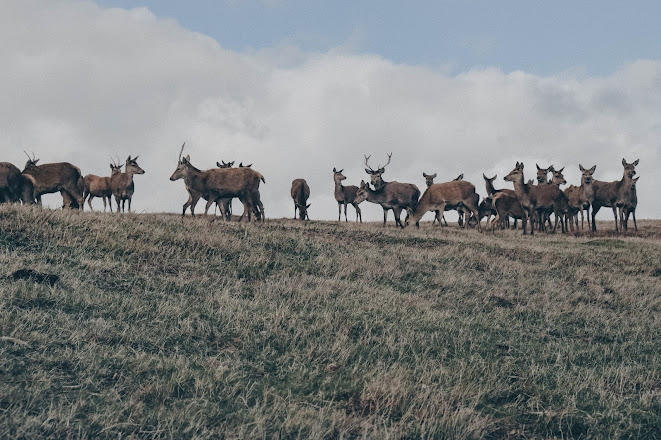Hunting as a Woman

Photo by Vidar Nordli-Mathisen on Unsplash We all know that hunting has a strong history of the patrilineage, but many of us know that women hunt too. Based on a study from “ 2016 National Survey of Fishing, Hunting, and Wildlife-Associated Recreation ” 10% of hunters are female. Although that doesn’t sound like a lot, there are many females who have a strong passion for hunting and fishing. Based on that study, that is 1.1 million women in the United States that go hunting. We must assure that women feel supported and are welcomed into the community of hunters. So, where can you go to find support from other women hunters? One example is Facebook groups, there are various Facebook groups that advocate for women hunters, including “ Women Hunt Too ”. Those groups boost morales of women who enjoy the sport of hunting and like to share their accomplishments with other women who share that same passion. You can also join groups like The Complete Sportswoman by Artemis that advocate no...





